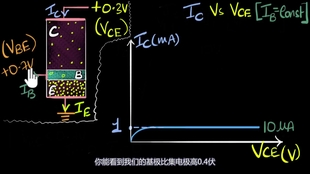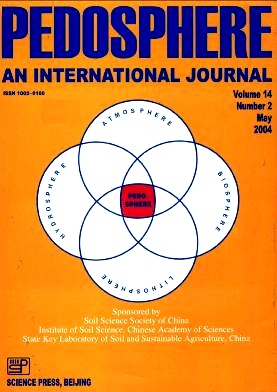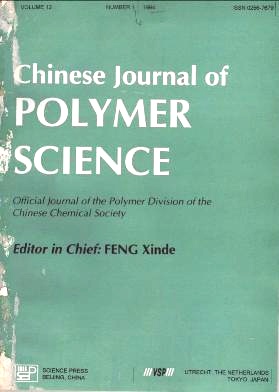Title: The Characteristics of Traditional Chinese Womens Clothing in the Republic of China Period
Title: The Characteristics of Traditional Chinese Women's Clothing in the Republic of China Period,The Republic of China (1912-1949) was a period of significant cultural transformation in China. One aspect of this change was the evolution of women's clothing, as traditional Chinese garments were adapted to suit modern tastes and lifestyles. During this era, women's clothing was characterized by a mix of traditional and western styles, influenced by the political and social changes taking place in China. For example, the introduction of Western clothing such as blouses, skirts, and pants gave women more freedom in their choice of attire. However, traditional elements such as silk, embroidery, and intricate designs continued to be popular, reflecting the desire for cultural continuity and identity. Additionally, the increasing availability of mass-produced clothing allowed more people to afford fashionable garments, leading to a broader range of styles and colors. Overall, the Republic of China period saw a significant shift in women's clothing, as traditional values collided with modern influences and new fashion trends emerged. This period remains an important chapter in Chinese fashion history, showcasing the adaptability and resilience of Chinese culture in the face of change.
The Republic of China (1912-1949), also known as the "Golden Age of Chinese Fashion", was a time of significant cultural and artistic transformation. This period saw a revival of traditional Chinese clothing, with a unique spin that incorporated both ancient and contemporary elements. Among these styles, women's clothing stood out as a reflection of the complex social, political, and economic changes taking place in China during this era. This essay will explore the distinctive characteristics of women's clothing in the Republic of China, examining themes such as gender roles, fashion trends, materials, and craftsmanship.
Gender Roles

During the Republic of China period, traditional gender roles continued to play a prominent role in women's clothing. Women were expected to dress modestly and conservatively, reflecting their status as secondary members of society. This expectation was reflected in the design of women's clothing, with an emphasis on simplicity, elegance, and understated luxury. For example, dresses were often designed with long sleeves and high collars, creating an air of sophistication and refinement. Additionally, women's clothing was often adorned with delicate embroidery, intricate patterns, and subtle colors that conveyed a sense of delicacy and grace.
Fashion Trends
Despite the emphasis on modesty and conservatism, the Republic of China period also saw a resurgence of traditional Chinese fashion trends. Women's clothing during this time drew inspiration from a variety of sources, including classical literature, folk art, and historical artifacts. One particularly notable trend was the use of silk, a luxurious fabric that was highly prized during this period. Silk garments were often adorned with intricate embroidery or printed designs, showcasing the skill and craftsmanship of Chinese artisans. Another popular trend was the use of vibrant colors and bold patterns, which added a touch of vibrancy and excitement to otherwise simple pieces.
Materials

The choice of materials for women's clothing during the Republic of China period was carefully curated to reflect the latest fashion trends while also maintaining traditional values. Silk was the most popular material for dresses and other formal wear, as it was lightweight, comfortable, and visually stunning. Other common materials included cotton, linen, and wool, which were used for more casual pieces like blouses and skirts. These materials were often combined with intricate embroidery, weaving, and other decorative techniques to create pieces that were both stylish and durable.
Craftsmanship
Craftsmanship played a crucial role in the creation of women's clothing during the Republic of China period. Skilled artisans were responsible for designing and producing each piece, using techniques passed down through generations to ensure that each garment was not only beautiful but also functional. For example, embroidery was often done by hand, requiring great skill and patience to achieve the desired effect. Similarly, weaving was done using specialized tools and techniques that required years of training to master. As a result, women's clothing from this period is renowned for its exceptional quality, beauty, and durability.
Conclusion

The Republic of China period was a time of great cultural and artistic transformation in China. Women's clothing during this time stood out as a unique expression of both traditional Chinese values and modern fashion trends. Through its focus on gender roles, fashion trends, materials, and craftsmanship, this period produced some of the most exquisite examples of women's clothing in Chinese history. From delicate silk garments adorned with intricate embroidery to vibrant colored blouses and skirts featuring bold patterns and designs, these pieces continue to inspire awe and appreciation today.
Articles related to the knowledge points of this article:
Yellow Tie: ASymbol of Power, Success, and Confidence
The Weight of Down in a Jacket
Title: The Art of Tying a Bow Tie: A Comprehensive Guide to Creating a Perfect Knot
Title: Mastering the Art of Tie Knots: A Comprehensive Guide to Tying a Perfect Necktie
Title: The Art of Tying a Scarf: Various Ways to Tie a Scarf



